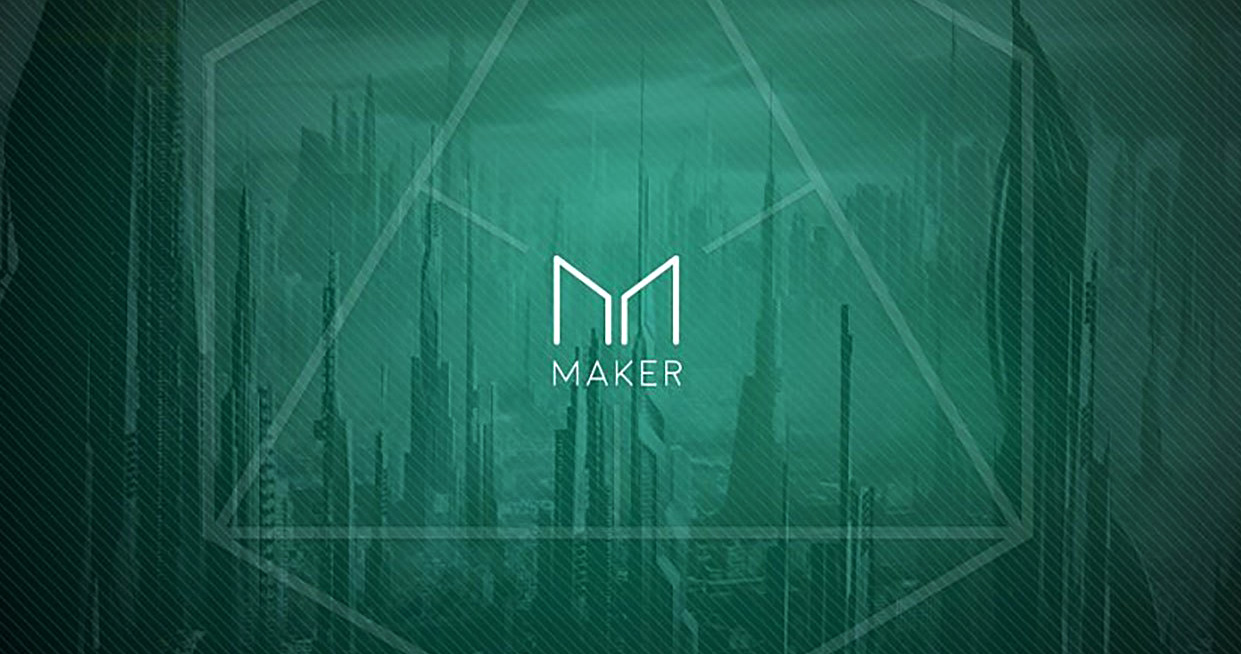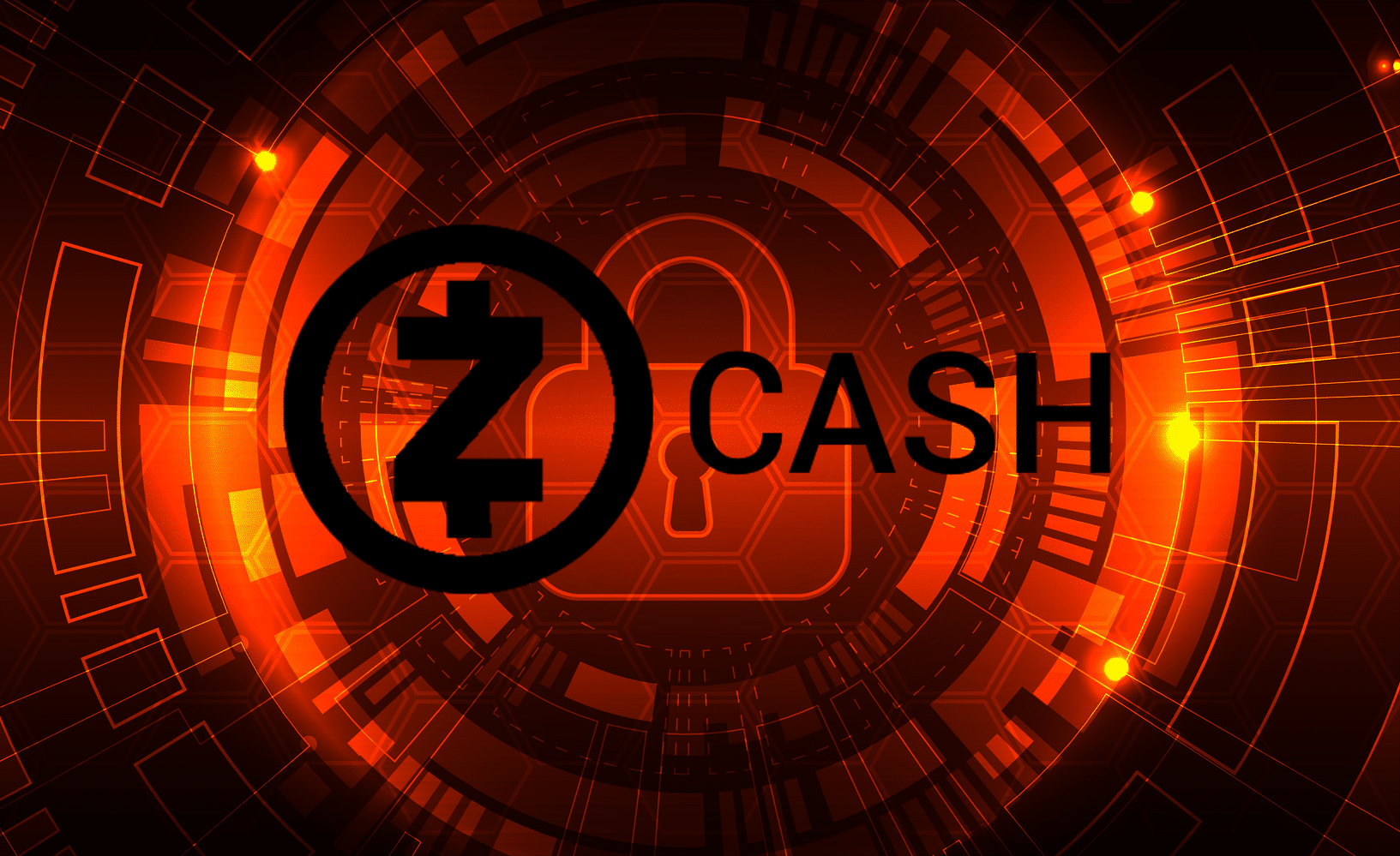One of the secrets of cryptocurrencies and blockchain is the encryption that exists within the transactions that are added to the ledger. The entire system was designed on the basis of a set of preprogrammed rules with the purpose of making it inviolable.
Once a transaction block is verified, the miners get all the details of the transactions contained in that block and apply a mathematical formula that converts that data into something known as hash.
The hash is a random sequence of letters and numbers and its great value lies in the fact that it is very easy to transform any type of information (words, numbers, equations, transaction details) into a hash, but it is practically impossible to do the inverse transform the hash in information.
Another property of hashes is that if you change only one of the characters, it will be transformed into a completely different hash. Each block in the blockchain is a specific hash. The hash is joined to the previous hash, and so on, successively, making the hash of a block always tied to the immediately previous one.
Thus, for example, when the first block was created, it served as the basis for the second hash, and this, in turn, for the third hash, and so on. In other words, the second block has information of the first. And the third block has information of the second.
If any previous block is changed in any way, the resulting hashes would be wrong and the blocks could be instantly identified in the network as false or insignificant.
Part of the mining process requires executing the hash function through the blockchain and demonstrating to more than 50% of all the miners that the previous block has not changed. This makes the blockchain inviolable or proof of any type of attack.
The encryption that occurs in the body of iCashweb is what gives the classification of a “cryptocurrency“.
If you want to know more enter icashweb.io.








